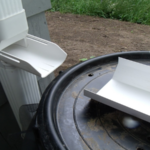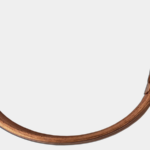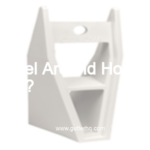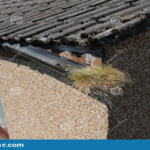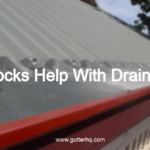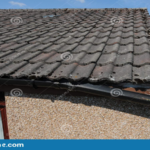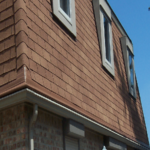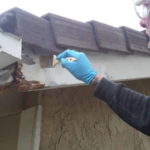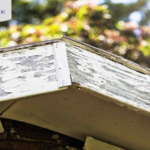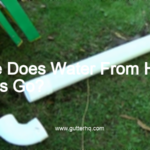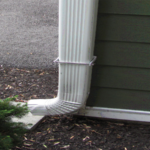There are many factors to consider when choosing the best drainage around a house. The most important factor is the type of soil in the area. Sandy soil drains quickly and does not hold water well, while clay soil drains slowly and holds water well. The second factor to consider is the amount of rainfall in the area. A third factor to consider is the type of plants in the area. Plants with deep roots will help to keep the soil in place and prevent erosion.
What is the most effective drainage system?
There are many factors to consider when determining the most effective drainage system. The type of terrain, the amount of rainfall, the climate, and the land use are all important considerations. In general, the most effective drainage system is one that is designed to specifically meet the needs of the site.
Should I put a French drain around my house?
If you have a lot of water around your house during rainy season, it might be a good idea to install a French drain. French drains are used to redirect water away from your house and can help to prevent flooding and Water damage.
How do I stop water pooling around my foundation?
If you have water pooling around your foundation, there are a few things you can do to try to remedy the situation. First, check your gutters and make sure they are clean and free of debris. If they are clogged, this can cause water to back up and pool around your foundation. Secondly, you can try to redirect the flow of water away from your foundation with some landscaping. This can be done by creating a slope away from your house or by installing a French drain. Finally, if you have an issue with water seeping into your basement, you may need to install a sump pump to help remove the water.
What are the 4 types of drainage system?
Surface drainage is the most common type of drainage system. It consists of a network of pipes and ditches that collect water from the surface of the ground and channel it away from buildings and other structures.
Subsurface drainage is a less common type of drainage system. It consists of a network of pipes that collect water from the ground and channel it away from buildings and other structures.
Stormwater drainage is a type of drainage system that is designed to collect and channel stormwater runoff away from buildings and other structures.
Wastewater drainage is a type of drainage system that is designed to collect and channel wastewater away from buildings and other structures.
Is there something better than a French drain?
There are many ways to improve upon the typical French drain. One way is to install a perforated pipe within the drain to improve drainage. Another way is to add a layer of gravel on top of the pipe to help with drainage.
Will gravel around house help drainage?
If you have poor drainage around your home, gravel can help improve the situation. By definition, drainage is the natural or artificial removal of surface and sub-surface water from an area. The main purpose of gravel around your home is to provide a base for the foundation, shed, or patio, and to promote good drainage. Many types of gravel are available at most home improvement stores. The size and type of gravel you need depends on the application.
How do I make good drainage around my house foundation?
To ensure good drainage around your house foundation, you will need to sloped the ground so that it slopes away from the foundation. You will also need to make sure that there are no trees or shrubs near the foundation that could potentially block the drainage. Additionally, you can install a French drain system around the foundation to help with drainage.
What do you put around the foundation of a house?
One common material to use around the foundation of a house is gravel. This is because gravel is cheap and easy to find, and it provides good drainage. Other materials that can be used around the foundation of a house include concrete, bricks, and stones.
What is an effective drainage system?
An effective drainage system is one that efficiently and effectively removes water from an area. There are many factors to consider when designing an effective drainage system, including the type of terrain, the amount of rainfall, and the intended use of the area.
Final Talk
– Choose a system that is appropriate for the climate and soil type.
– Make sure the system is properly installed and maintained.
– Inspect the system regularly to ensure it is functioning properly.

